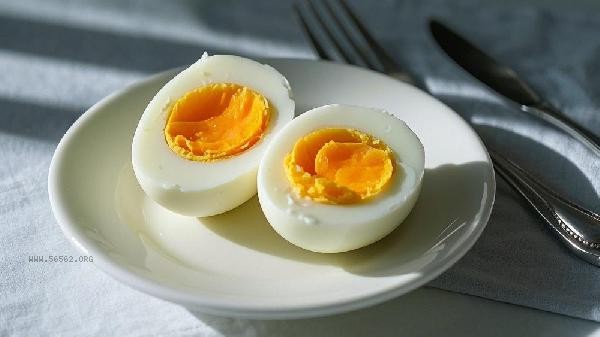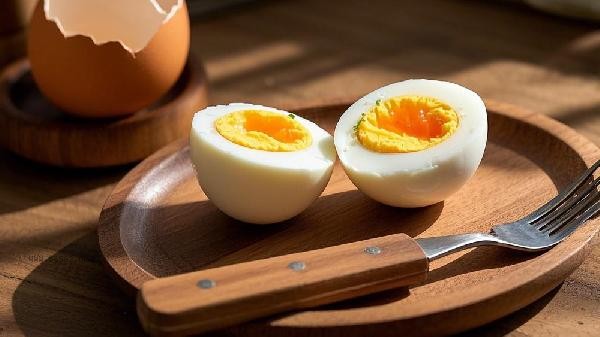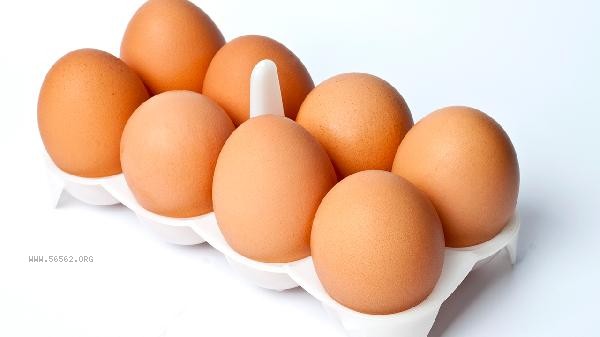The main methods for peeling eggs quickly and cleanly include hot water soaking, cold water cooling, rolling and pressing, air blowing peeling, and tapping to break the shell.

1. Hot water soaking method
After removing the boiled egg, immediately soak it in cold water for 10 seconds, and then transfer it to hot water for 5 minutes. The principle of thermal expansion and contraction separates the egg membrane from the protein, making it easy to peel off large pieces of eggshell during peeling. Please note that the temperature of the hot water should not be too high to avoid burning your fingers. This method is suitable for freshly boiled eggs, and the effect of refrigerated eggs will be reduced.
2. Cold water cooling method
Quickly immerse the boiled egg in ice water for 3 minutes, and the low temperature causes the protein to contract and detach from the inner wall of the eggshell. When peeling, start from the air chamber end and peel more completely along the texture of the eggshell membrane. This method is particularly effective for soft boiled eggs, but it should be noted that prolonged refrigeration may cause the eggshell to regain moisture and adhere.
3. Rolling and Pressing Method
Gently roll the egg on the desktop to evenly crack the shell, and press and roll with the palm to create a mesh like crack on the eggshell. Starting from the middle crack, you can peel off large pieces of eggshells at once. This method is suitable for fully cooked eggs with moderate hardness, as soft boiled eggs can easily cause protein breakage.

4. Blow off method
Make small holes at both ends of the egg, align your mouth with the small holes at the bottom, and blow air. The air pressure will separate the eggshell from the protein. This method requires appropriate force, excessive blowing may cause protein to be ejected from the hole. Suitable for older eggs with thicker eggshells, but make sure the eggs are completely cooled before handling.
5. Knocking and Crushing Method
Use a spoon to evenly tap the back of the egg along the equator line, forming a continuous crack, and then peel it off. The best tapping force is to break the eggshell but keep the inner membrane intact. This method is effective for tender eggs with insufficient cooking time, but requires multiple practice sessions to master the strength.

Choosing eggs with moderate freshness is easier to peel, and changes in the acidity or alkalinity of eggs stored for 3-5 days can reduce the stickiness of the inner membrane. Adding a small amount of salt or white vinegar when cooking eggs can help solidify the protein. After boiling, reduce the heat to low for 10 minutes to achieve the best peeling state. Before peeling, the eggs can be washed under running water, and the water can be used to flush into the gaps between the eggshells to assist in separation. If pursuing ultimate efficiency, a combination of hot water soaking and rolling pressing method can be used to quickly cool down and create uniform cracks. Note that there is still residual heat inside the freshly boiled egg. It is recommended to wrap it with a damp towel to prevent scalding when peeling. After peeling, rinse it with clean water in a timely manner to remove any remaining broken shells.








Comments (0)
Leave a Comment
No comments yet
Be the first to share your thoughts!